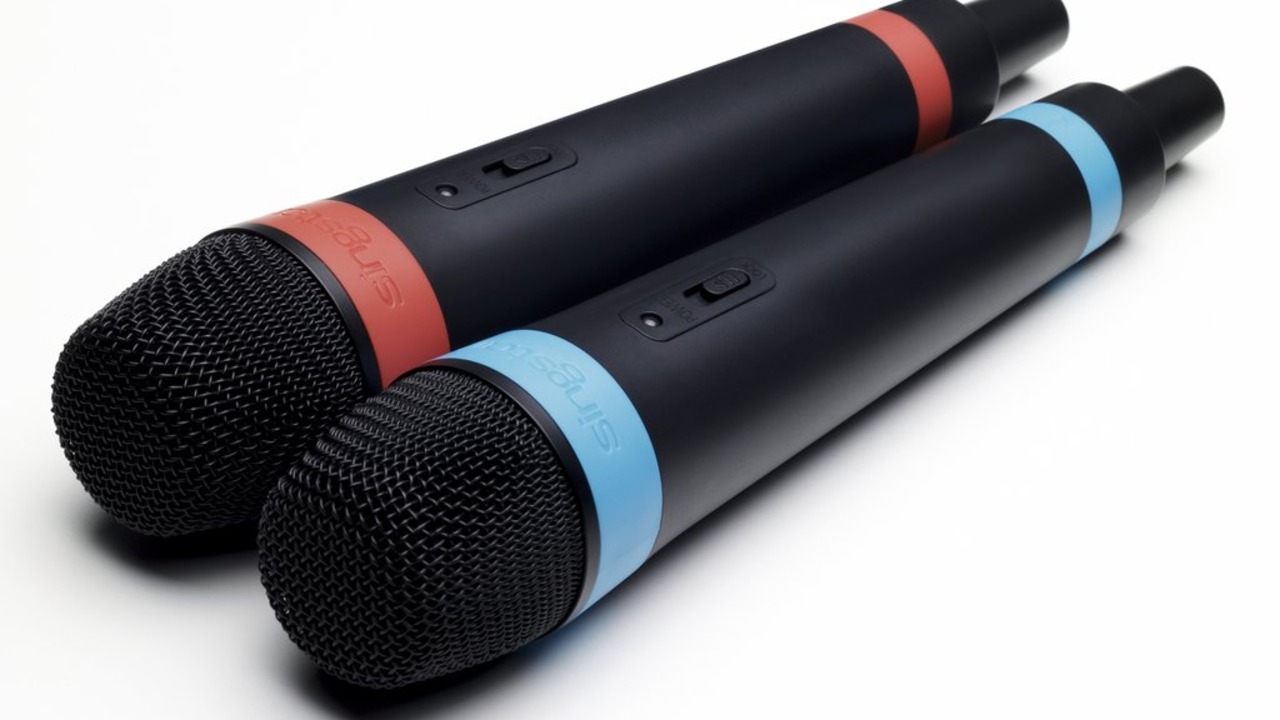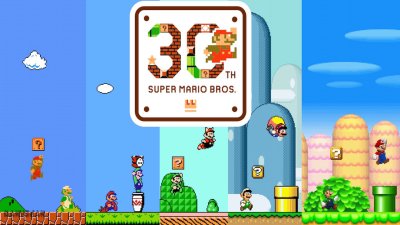Nowadays in the world of console and handheld gaming, being able to talk directly to your games and even your console is the norm. Voice chat is a feature of anything with multiplayer, and you can turn your Xbox One on by telling it to do so. But, even today, there are very few games out there that allow the player’s voice to directly influence what happens within the game. In the past, many developers have tried their hands at such things and the results have ranged from innovative to absolutely terrible. We looked at some of the most interesting (and in some cases, funniest or even worst) attempts at allowing the player to use their voice to control the game. It’s notable that all of the entries on this list are games which appeared on Nintendo systems. Nintendo has perhaps been the biggest pioneers in trying to meld voice control with gaming over the years, so it’s only natural that the various experiments have bred some of the more interesting examples. Examples on other platforms include Mass Effect 2 or SOCOM, but none of those were quite as inventive as the examples listed here. Disagree? Let us know in the comments!
1. Kid Icarus (1987) (Famicom Disk System)
 Early versions of Nintendo’s Famicom had a microphone built into the second of the console’s hardwired controllers, that when spoken into would make the player’s voice come out of the television speakers.
Early versions of Nintendo’s Famicom had a microphone built into the second of the console’s hardwired controllers, that when spoken into would make the player’s voice come out of the television speakers.
Unfortunately, most of the games released for the console made no use of it. In addition to boasting superior music and actual save files, Hikari Shinwa: Palutena no Kagami (known as Kid Icarus when it was released stateside) had a fun feature in it that helped cement the player’s immersion: by speaking into the controller microphone, you could bargain at in-game stores for cheaper prices.
The game is still fully enjoyable without making use of this, but it was definitely a neat attempt at using the peripheral before Nintendo would ultimately scrap it.
2. Hey You, Pikachu! (2000) (N64)
Riding on the monstrous success of the first generation of Pokemon games, Nintendo published a virtual pet game named Hey You, Pikachu! where the gameplay revolved around using a packaged microphone to get Pikachu to do various things. It was one of the two games for the system that made use of this peripheral. The game’s “missions” involved you guiding Pikachu around to dig up treasure chests, collect ingredients for a picnic, and even go fishing. It was fun in concept and definitely a logical extension of the Pokemon series, but unfortunately, the low quality microphone (which was calibrated to detect the higher pitched voices of children) coupled with the game’s poor microphone recognition made it next to impossible to get Pikachu to do what you wanted. This made Hey You, Pikachu! a lot more frustrating than anything else. If you subjected yourself to Pikachu’s smug confusion for long enough you could eventually reach the end of the game, but that would be the greatest exercise in patience the entire console has to offer.
3. Phoenix Wright: Ace Attorney: Justice for All (2010) (DS)
 The Phoenix Wright: Ace Attorney series gives the player the option to scream “Objection!” into the DS’s microphone in order to make the goofy attorney do the same thing in the courtroom. This is almost always optional, as the same thing can be achieved by pressing a button in case you are lazy, disinterested, or are in a place where yelling would be unacceptable. However, after you finish Justice for All’s final case, in order to see the final scenes and to get the credits to roll, you actually need to object directly into the microphone - there’s no way around it. Not only does this act as a way of getting the player to succumb to some of the game’s lightheartedness, but it also acted as a piracy deterrent. While DS emulators now are capable of properly emulating the handheld’s microphone, many software pirates at the time were unable to see how Justice for All closed out unless they were playing it on the actual system. It’s unclear if this was implemented as a direct way of fighting piracy, but for a system absolutely plagued by it, this was an interesting way of fighting back.
The Phoenix Wright: Ace Attorney series gives the player the option to scream “Objection!” into the DS’s microphone in order to make the goofy attorney do the same thing in the courtroom. This is almost always optional, as the same thing can be achieved by pressing a button in case you are lazy, disinterested, or are in a place where yelling would be unacceptable. However, after you finish Justice for All’s final case, in order to see the final scenes and to get the credits to roll, you actually need to object directly into the microphone - there’s no way around it. Not only does this act as a way of getting the player to succumb to some of the game’s lightheartedness, but it also acted as a piracy deterrent. While DS emulators now are capable of properly emulating the handheld’s microphone, many software pirates at the time were unable to see how Justice for All closed out unless they were playing it on the actual system. It’s unclear if this was implemented as a direct way of fighting piracy, but for a system absolutely plagued by it, this was an interesting way of fighting back.
4. Odama (2006) (GameCube)
Like its predecessor, the GameCube also had a seldomly used microphone peripheral. Odama, designed by Yoot Saito, was the only game (out of four) on the whole console to use it in a substantial way. Odama is essentially a real-time tactics game with a pinball game overlay. The player controls the flippers by using the controller, but you need to use the mic to actually direct the soldiers. You can control where they move, but you can also direct them with specific tactics. Odama was a flawed game in many ways, but its efforts to innovate and make use of technology that deserved the attention are unquestionable. It added a new dimension that almost every other developer was staying far, far away from.
5. Takeshi’s Challenge (1986) (NES)
Takeshi’s Challenge is a bizarre game. Many regard it as one of the worst games ever created. Designed by Takeshi “Beat” Kitano (famed for his work in film), the game entails you beating up yakuza members, playing pachinko,and hang-gliding over an unnamed dictatorial country trying to find hidden treasure. The game is notoriously difficult to actually beat, as the controls are (sometimes intentionally) horrendous, the expectations are supremely high, and it pretty much requires that you throw everything you know about gaming out the window. If anything, Takeshi’s Challenge is devilishly subversive. There’s a part where you can’t touch the controller for an hour and if you’re not acting morally objectionable at all times, you probably won’t get to the ending. Two of the strangest things that Takeshi’s Challenge throws at you are the sections where you need to use the Famicom’s microphone. There’s a section of the game where you’re playing pachinko and the only way to get past it is to speak into the microphone while doing so. There’s also a section where you sing karaoke in a bar, and your success is determined by how on beat you can sing into the microphone. Within the context of the game, these moments aren’t actually that strange, but they’re definitely some of the most unlikely moments in all of video games, let alone the Famicom.
6. Zeruda no Densetsu (1986) (Famicom Disk System)
Those who played The Legend of Zelda as a kid might remember beating down on some Pols Voices using your bow and arrow, as they were awfully resistant to Link’s sword. Their weakness to arrows was actually a compensation for the fact that the NES didn’t have any kind of microphone built into its controllers. In the original release of The Legend of Zelda for the Famicom, Pols Voices were actually defeating by making noise into the microphone - doing so would instantly clear a room of them. In a series defined by acquiring new tools to deal with the next great challenge, the use of the microphone as one of those tools was definitely a cool feature.


